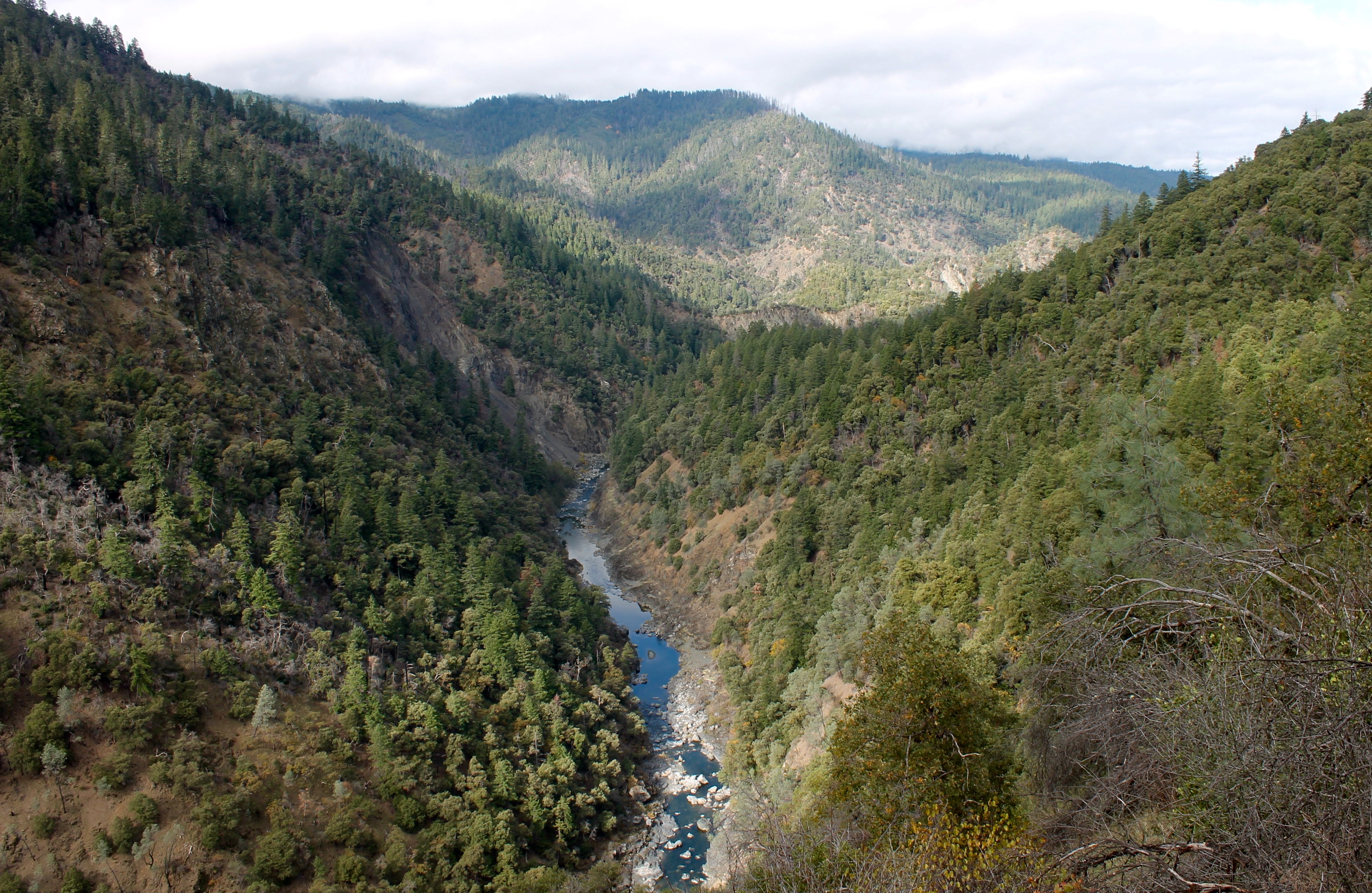This is the first in a three-part series on the Protecting Unique and Beautiful Landscapes by Investing in California (PUBLIC) Lands Act. In this post, Victoria Brandon, the chair of the Redwoods Sierra Club Chapter, examines how the PUBLIC Lands Act would protect lands and waters in Northwest California, helping to take on climate chante.
Part II: To Fight Climate Change, We Must Protect California’s Public Lands
Part III: The PUBLIC Lands Act Will Help Us Find Refuge in Nature
I’ve been fascinated with the natural world ever since I was a child paddling about on the Rippowam River in Connecticut among the sunfish and snapping turtles. Since landing in Lake County 40 years ago, most of that passion has been focused right here in northern California. It’s been a great privilege to advocate for Wild and Scenic Cache Creek, the Boxer/Thompson Wilderness Bill, Mt. Konocti County Park, the Berryessa Snow Mountain National Monument, and others. Now I’m excited to campaign for a new bill that will benefit millions of Californians from remote Del Norte County to the San Gabriel Mountains.
Wilderness proponents in California had good reason to rejoice earlier this spring, when Senator Alex Padilla (D-CA) introduced the Protecting Unique and Beautiful Landscapes by Investing in California (PUBLIC) Lands Act. This ambitious legislation will protect some of the state’s iconic landscapes as designated wilderness or wild and scenic rivers; expand equitable access to nature for communities that need it most; improve wildfire protections; and promote the outdoor recreation economy.
The legislative package consists of three bills that passed the House of Representatives earlier in the year, including one bill that affects landscapes in my very own Redwood Chapter. Representative Jared Huffman’s (D-CA) Northwest California Wilderness, Recreation, and Working Forests Act would designate 262,000 acres of pristine federal lands as wilderness; permanently protect more than 480 miles of wild and scenic rivers; establish a 700,000-acre special restoration area in the South Fork Trinity River and Mad River watersheds; and require federal agencies to coordinate fire management, all without limiting recreation access or affecting private property.
This legislation will help achieve the goals set forth in Governor Gavin Newsom and President Joe Biden’s executive orders to protect 30 percent of our lands and waters by 2030 (an effort known as 30×30). California is currently in the process of putting together a statewide plan on how to implement this goal. The Sierra Club believes passing the PUBLIC Lands Act is key to our state achieving it.
Passing the bill would be a milestone victory for Californians. By expanding protections to include more than a million acres, the bill will increase equitable access to the outdoors, like in the Los Angeles area, where an expanded San Gabriel Mountains National Monument will connect nearly 17 million people to the region’s largest green space. The bill establishes new tools and protocols to protect the landscapes that were devastated by wildfires last year. And expanded access to the outdoors will help boost California’s economy. Before the COVID-19 pandemic, California’s outdoor recreation economy generated more than $57 billion in revenue and supported more than 578,000 jobs. Increased access to protected wilderness could push those numbers even higher.
Local conservationists have prioritized some of these special places for a long time, but political considerations made permanent protection unachievable during previous rounds of wilderness legislation in 1984 and 2006. That changed after the 2010 census with the creation of a new Second Congressional District, now represented by Jared Huffman, a long-time environmental champion.
Starting not long after the 2012 election, a broad stakeholder group led by the Wilderness Society and the California Wilderness Coalition worked to define boundaries, identify outstanding natural features, and hold discussions with neighboring private landowners, federal agencies, and local tribes as part of the “Mountains and Rivers” campaign.
With the support of the Sierra Club, Representative Huffman’s legislation was consolidated with three other California bills and two bills from other states, creating a package that easily passed the House in February 2020 and was then attached to the House version of the must-pass National Defense Authorization Act (NDAA). Unfortunately, some of the public lands provisions did not make it into the final version of the NDAA. When the new Congress convened in 2021, however, the bills found a new champion in Senator Padilla.
This is the best opportunity we’ve had in at least a generation to permanently protect these lands -- and the clock is ticking. The expanded protections included in the PUBLIC Lands Act are essential not only for protecting lands, water, and wildlife and expanding equitable access to the outdoors. They will also bring: mental and physical health benefits to our communities, create healthier and safer landscapes and environments for all; and build up the natural infrastructure we need to take on the climate crisis and the extinction crisis.
My 20 years as an environmental advocate have been deeply rewarding, and I’m particularly looking forward to popping the cork on a bottle of good champagne when the PUBLIC Lands Act becomes the law of the land.
